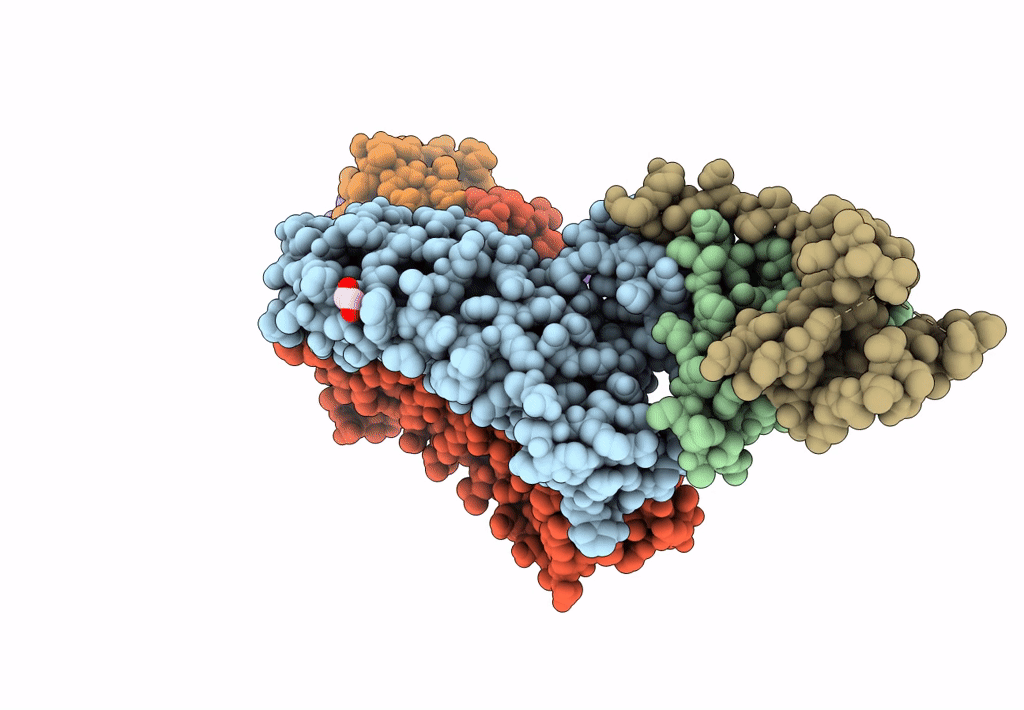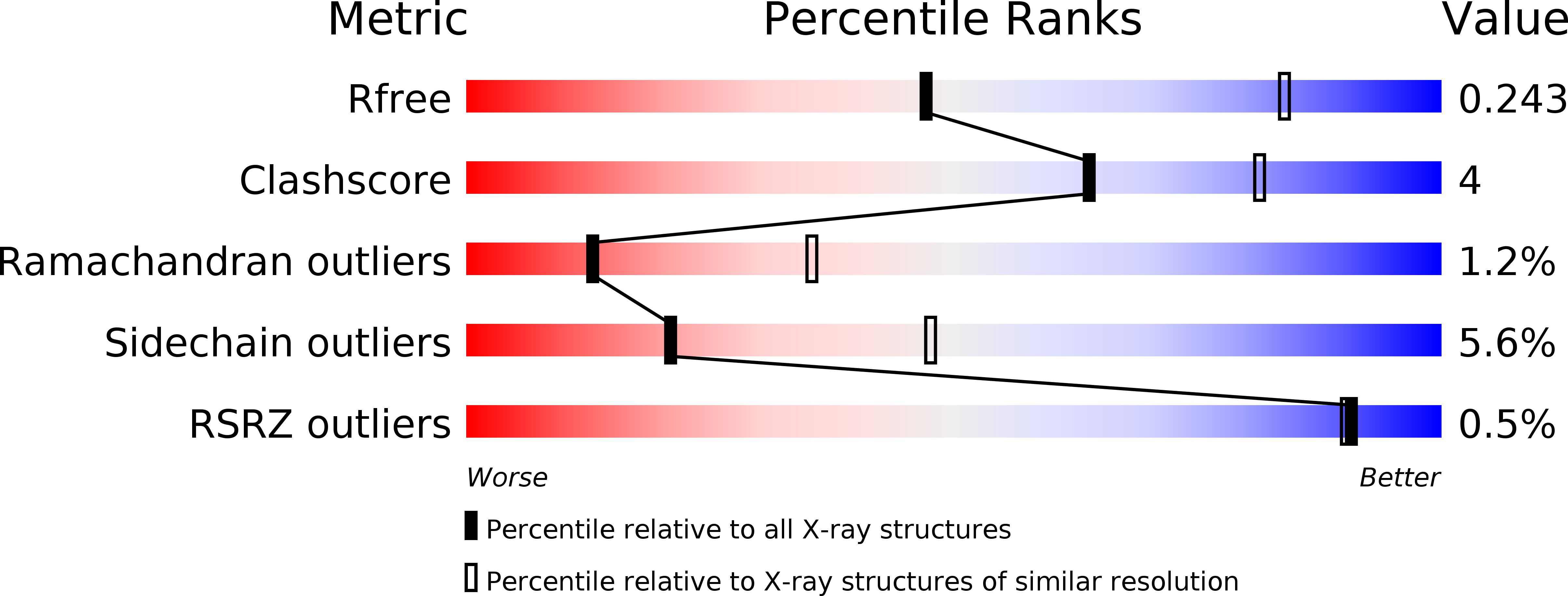
Deposition Date
2013-02-14
Release Date
2013-12-04
Last Version Date
2023-12-20
Entry Detail
PDB ID:
3ZNG
Keywords:
Title:
Ankyrin repeat and SOCS-box protein 9 (ASB9) in complex with ElonginB and ElonginC
Biological Source:
Source Organism:
HOMO SAPIENS (Taxon ID: 9606)
Host Organism:
Method Details:
Experimental Method:
Resolution:
2.85 Å
R-Value Free:
0.24
R-Value Work:
0.19
R-Value Observed:
0.19
Space Group:
P 21 21 2


